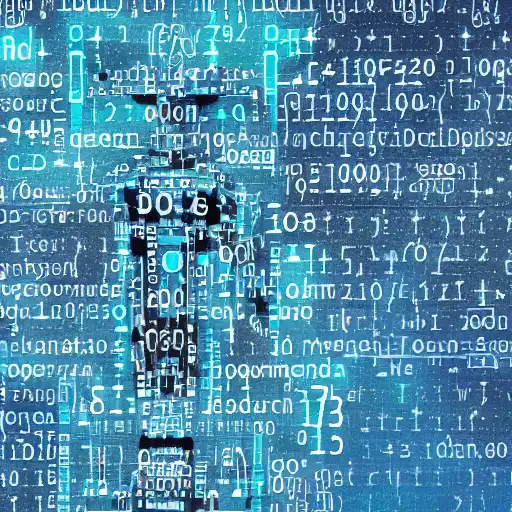
August 5th, 2023
Welcome back to our Advanced Machine Learning series! In this blog post, we'll explore the fascinating world of Recurrent Neural Networks (RNNs), a specialized class of neural networks that excel at processing sequential data.
What are Recurrent Neural Networks?
Recurrent Neural Networks (RNNs) are designed to handle sequential data, where the order of elements matters. Unlike traditional feedforward neural networks, RNNs maintain an internal state (hidden state) that captures information from previous time steps. This retention of memory enables RNNs to consider the entire input sequence and capture temporal dependencies effectively.
Key Features of RNNs
- Hidden State: The hidden state of an RNN acts as a memory mechanism, storing information from the previous time step. At each time step, the hidden state is updated based on the current input and the previous hidden state.
- Time Unfolding: To process sequential data, RNNs are unfolded across time steps, creating a chain-like structure. This allows the RNN to process the input sequence step-by-step, with each time step corresponding to a specific element in the sequence.
- Vanishing and Exploding Gradients: RNNs suffer from the vanishing and exploding gradients problem. As the network is unfolded across many time steps during training, gradients can either become extremely small, leading to limited learning, or excessively large, causing unstable training.
- LSTM and GRU Cells: To address the vanishing and exploding gradients problem, specialized RNN variants have been developed, such as Long Short-Term Memory (LSTM) and Gated Recurrent Unit (GRU) cells. These variants introduce gating mechanisms to regulate the flow of information through the hidden state, allowing for better long-term memory retention.
Applications of RNNs
RNNs find applications in a wide range of fields, including:
- Natural Language Processing (NLP): RNNs are widely used for tasks like machine translation, sentiment analysis, and language modeling.
- Time Series Analysis: RNNs are effective for tasks such as stock price prediction, weather forecasting, and anomaly detection in time series data.
- Speech Recognition: RNNs can be utilized to convert spoken language into written text, enabling voice-controlled systems.
- Music Generation: RNNs can generate music sequences, providing creative applications in the field of AI-generated art.
Implementing an RNN with Julia and Flux.jl
Let's build a simple RNN using Julia and Flux.jl to perform character-level language modeling on a given text corpus.
# Load required packages using Flux using Statistics: mean using Flux: onehot, onehotbatch # Sample text corpus text = "Recurrent Neural Networks (RNNs) are a class of neural networks ..." # Preprocess the data vocab = unique(collect(text)) char_to_idx = Dict(char => i for (i, char) in enumerate(vocab)) idx_to_char = Dict(i => char for (i, char) in enumerate(vocab)) # Convert text to integer sequences data = [char_to_idx[char] for char in text] # Define the RNN architecture rnn = RNN(length(vocab), 128) # Generate input-output pairs for training input_sequence = [data[1:end-1]] output_sequence = [data[2:end]] # One-hot encode the input and output sequences input_sequence_onehot = onehotbatch(input_sequence, length(vocab)) output_sequence_onehot = onehotbatch(output_sequence, length(vocab)) # Define a loss function loss(x, y) = Flux.mse(rnn(x), y) # Train the RNN using Flux's built-in optimizer opt = ADAM(0.01) Flux.train!(loss, params(rnn), zip(input_sequence_onehot, output_sequence_onehot), opt)
Conclusion
Recurrent Neural Networks are a powerful tool for processing sequential data, enabling breakthroughs in various applications like NLP and time series analysis. In this blog post, we've explored the key features of RNNs and built a simple character-level language model using Julia and Flux.jl.
In the next blog post, we'll delve into Generative Adversarial Networks (GANs), a groundbreaking technique that has revolutionized the field of generative modeling. Get ready to create realistic data distributions with GANs! Stay tuned for more exciting content on our Advanced Machine Learning journey!